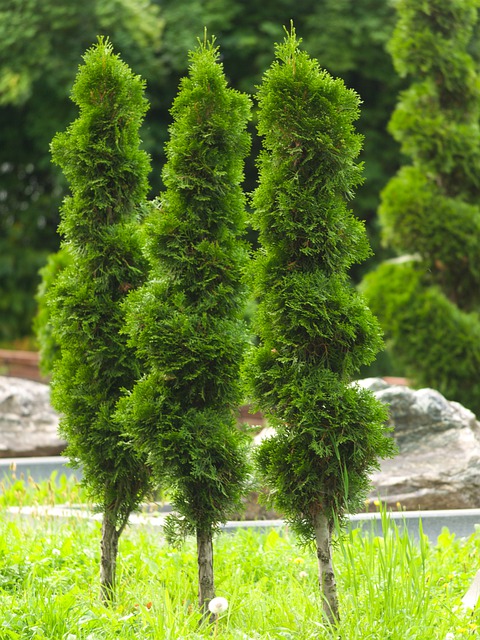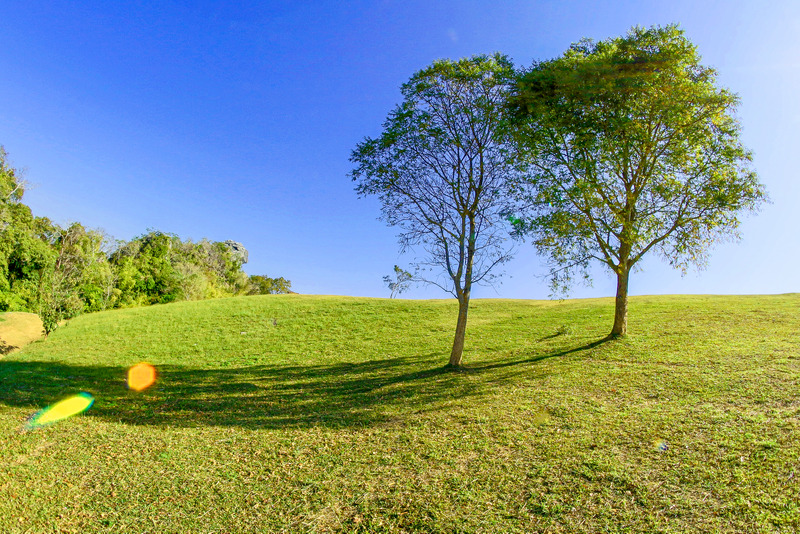This snippet has been taken from “Tree for the Yard and Garden” by “John Cushnie”. What tree to plant is the process of transplanting tree seedlings, generally for forestry, land reclamation, or landscaping purpose. “Tree Service in Oakland” renders services on this tactics of what and how to plant.
There are small trees and there are large trees. The problem for the gardener is that some so called small trees eventually become much larger than envisaged. In a small garden they may dominate to the extent that they have to be removed. The problem may be caused by impulse buying, incorrect labeling or bad advice from the seller. Plant labels tend to suggest a tree’s height after 10 years: where they do give the ultimate size, it may well be understated to make the tree seem more suitable for smaller gardens. By the time you realize your tree has outgrown its allotted space, the garden-center guarantee has long since expired and the original advice has been forgotten. Even if the information on the ultimate height of the tree is accurate, the spread of the branches may not get a mention. This may result in damage to property or branches overhanging the street in dangerous way.

Throughout these pages I will endeavor to be honest regarding the size, shape, and speed of growth of garden trees. It is in everyone’s interest to leave behind us trees that will continue to give pleasure to future generations, without becoming a nuisance.
Before deciding on a species or variety of tree, you might ask yourself the following questions.
- Do you want a deciduous tree (one that loses its leaves in winter) or would you prefer an evergreen species where the foliage is on display all year?
- What purpose will the plant server? Will it be ornamental, with flower, fruit, leaf color, or decorative bark playing an important role? Is it to be a specimen on the lawn where shape is important? Or do you need a tough screening copse for privacy and to filter the wind?
- Trees are essential providers of shelter and food for wildlife. Is that an important consideration for you?
- How many tress have you space for and how do you want?
- What are your soil and climatic conditions like? Do you know what will grow
All these questions bar the last one come down to personal choice but, where garden space is limited, may cause heated discussion. However, when the dust settles, it is the soil type and climate that may well decide the variety for you. For information about specific sites and situations see the section six of the Best, which begins on , and for the requirements of individual trees.

The shape of things to come
Landscape designers like trees because of their outline and habit of growth. Unlike shrubs, they are usually consistent in shape, allowing the designer to predict accurately the way the tree look in 20 or 50 years’ time. There are a number of shapes to choose from.
- Columnar of fastigiate varieties grow into narrow upright trees with ascending branches; for example, the pale pink flowing cherry (Prunus Amanogawa). Its stiff branches refuse to sway in a spring breeze, allowing the blossom to adorn the tree rather than becoming confetti on the ground.
- Weeping trees are those whose branches bend straight down. None does it better than the silver leaved weeping pear, although the weeping birch is elegantly pendulous with drooping branches and an airy grace.
- A rounded or domed headed tree tends to spread its branches and, in time, make a large specimen, needing a lot of growing space for the canopy. The traditional English elm, so wonderfully depicted in constable’s paintings, forms a narrow domed head. Wych elm, chestnut, oak, and beech will, in maturity, make large broad domed specimens.
Trees with a special shape, such as a weeping or fastigiated habit, need a prominent place in the garden to show themselves off.
Continue reading on Caring for woody plants

